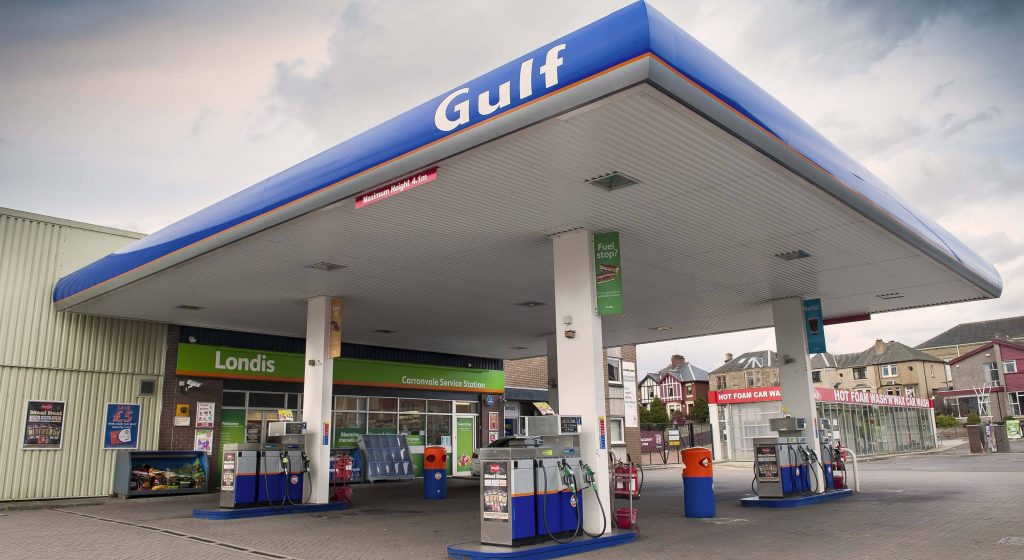The firm said that in 2021 it sold 60% more convenience stores than it did in 2020 and 70% more than in 2019, with the number of offers on each store sold increasing by 50% over the last five years.
Steve Rodell, Christie’s managing director for retail, said he expected the trend to continue and noted that a major source of new sites for independent retailers came from larger retail groups selling off chunks of their estate.
This “corporate divestment” work for Christie & Co in 2021 included “Project Angel”, the Co-op’s multi-phase sale of six tranches of stores, which continues.
Rodell said the stores the bigger groups sell tend to be those with lower turnovers but that independent retailers can manage these more efficiently because they have lower overheads.
The report added that while two-thirds of independent buyers of local stores tend to live within 50 miles of the shops they buy, a third are now prepared to buy stores further away than that.
Forecourt stores remain an important sector within the convenience market, says the report, with “an insatiable appetite for petrol filling stations” among buyers.
This remains the case despite the increasing number of electric vehicles, said Rodell, with stores becoming a steadily more important part of the profitability of forecourt sites.
The report noted that buyers for forecourt sites outnumber sellers by three to one and that competition is such that the time from instruction to sell to exchange had fallen by 27.5%.
 Talking Retail Grocery and product news for independent retailers
Talking Retail Grocery and product news for independent retailers






